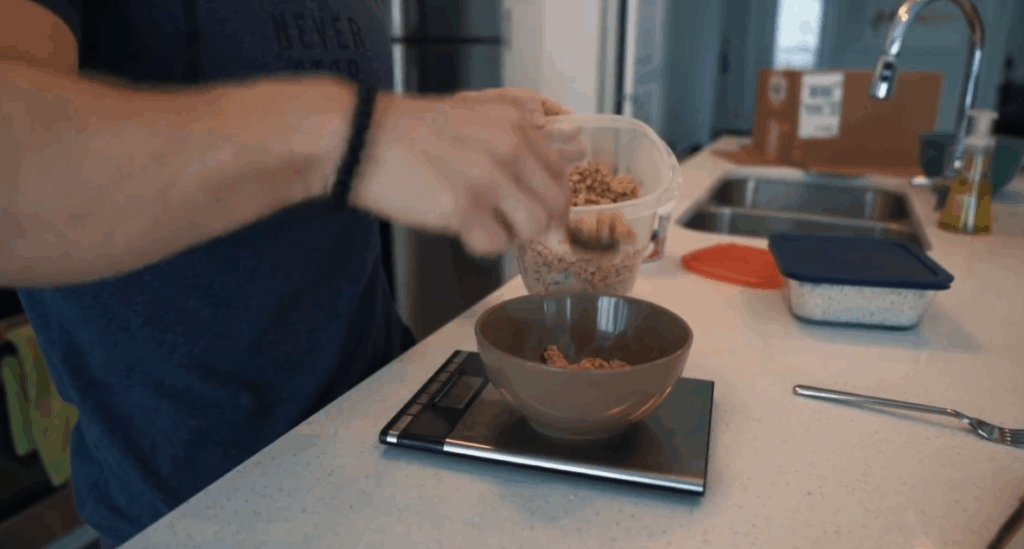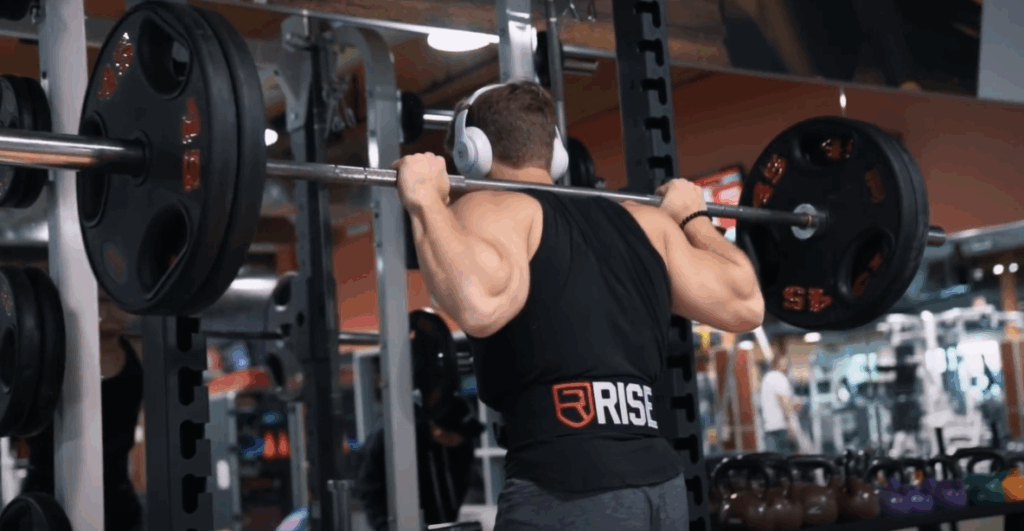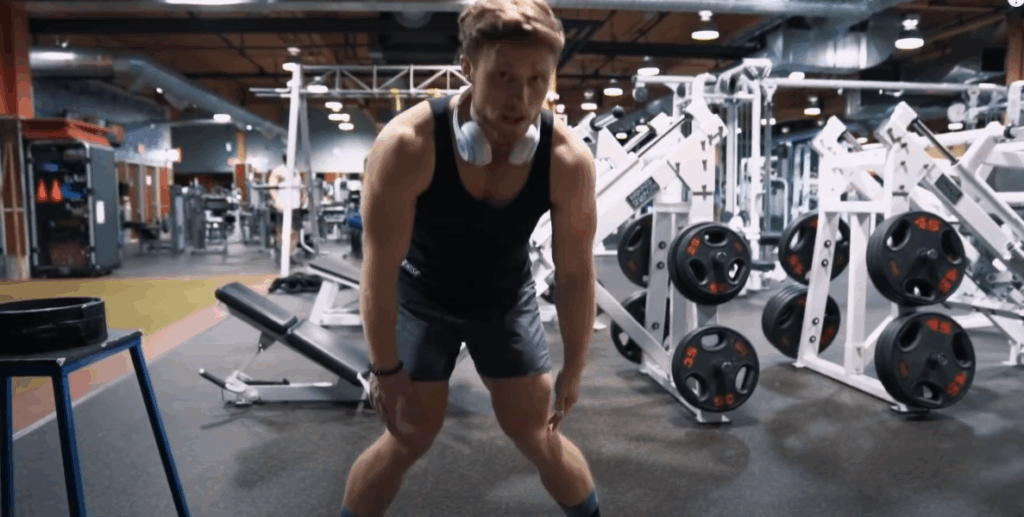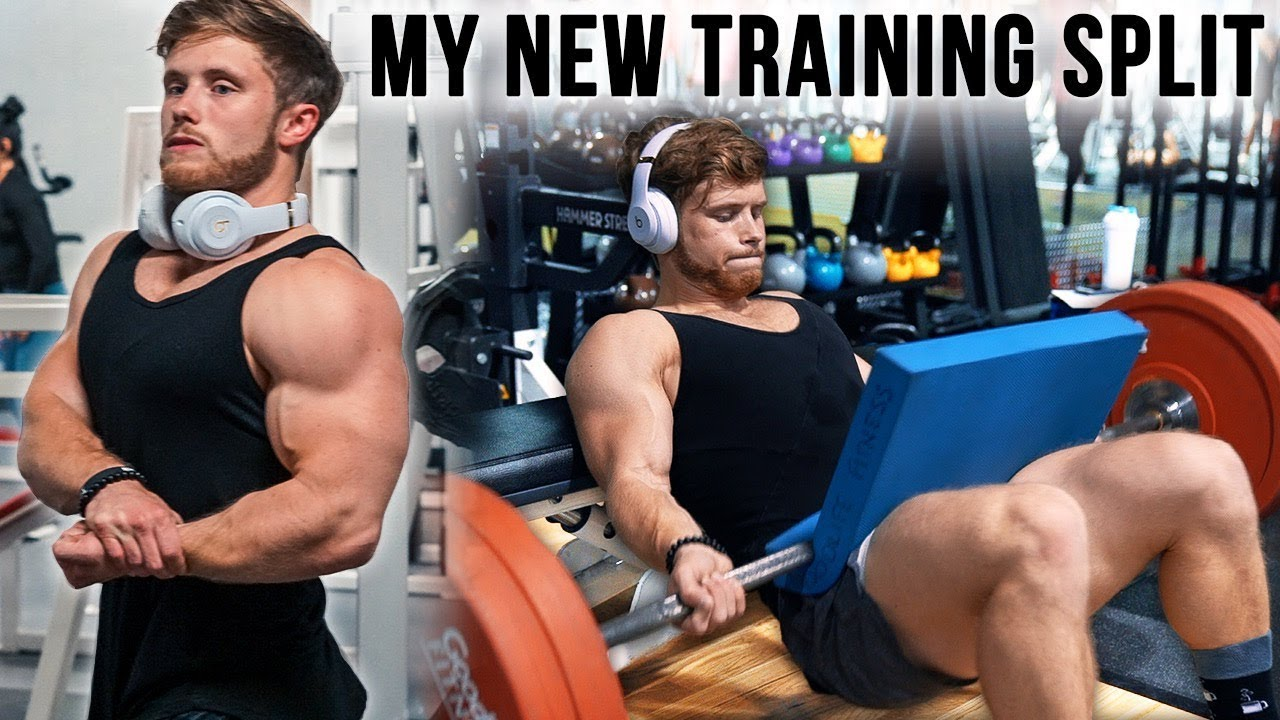In the world of fitness, misinformation spreads fast. From social media influencers to outdated gym lore, many commonly held beliefs can mislead beginners and experienced lifters alike. The good news? We now have robust scientific evidence to separate fact from fiction. In this article, we’ll expose five pervasive myths that may be sabotaging your progress—and provide the truth so you can train smarter.
Myth 1: Fasted Cardio Burns More Fat
The Claim: Doing cardio on an empty stomach taps directly into fat stores, making it superior for fat loss.
The Truth: While it might sound logical that exercising without food forces the body to burn more fat, multiple studies have shown that fasted cardio does not lead to greater fat loss over time compared to fed cardio.
What truly determines fat loss is your caloric deficit—consistently burning more calories than you consume. One study published in the Journal of the International Society of Sports Nutrition found no significant difference in fat loss between fasted and non-fasted cardio participants when calories were equated.
Takeaway: Choose the cardio method that fits best with your lifestyle. If you feel better training fasted, go for it. But don’t expect it to magically melt fat faster.

Myth 2: Soreness Means You Had a Good Workout
The Claim: If you’re not sore the next day, your workout wasn’t intense enough.
The Truth: Muscle soreness, known as DOMS (delayed onset muscle soreness), often occurs when you perform a new exercise, use unfamiliar loads, or emphasize eccentric movements. However, it doesn’t directly correlate with muscle growth or effectiveness of the workout.
Research suggests that you can experience hypertrophy and strength gains without feeling sore. In fact, constantly chasing soreness may lead to overtraining and hinder recovery. A well-designed program should allow for progressive overload, not debilitating soreness after every session.
Takeaway: Instead of using soreness as your guide, track measurable progress—such as increasing weights, reps, or maintaining higher training volume with good form.
Myth 3: Spot Reduction is Possible
The Claim: Doing crunches will burn belly fat, and triceps kickbacks will eliminate arm flab.
The Truth: This idea of “spot reduction” remains one of the most persistent myths in fitness. Despite what late-night infomercials might say, you can’t target fat loss in specific areas through exercise.
Fat is lost systemically—not locally. For example, studies have shown that performing hundreds of abdominal exercises doesn’t significantly reduce abdominal fat. What does help is reducing overall body fat through a combination of strength training, cardiovascular activity, and proper nutrition.
Takeaway: Want to see your abs? Focus on lowering your total body fat percentage. Compound lifts like squats, deadlifts, and presses paired with a calorie-controlled diet will be far more effective than endless crunches.

Myth 4: Lifting Weights Makes Women Bulky
The Claim: Women should avoid heavy lifting because it leads to large, masculine muscles.
The Truth: This myth is rooted in misunderstanding both female physiology and how muscle growth occurs. Due to significantly lower levels of testosterone, women don’t build muscle mass the same way men do. In reality, lifting weights helps women achieve a leaner, more toned appearance, improve bone density, and boost metabolic rate.
Furthermore, “bulky” is a subjective term. It takes years of intense, consistent training and a surplus of calories to build large amounts of muscle. Most women who lift heavy become stronger and develop a fit, athletic physique—not a bodybuilder look.
Takeaway: Resistance training is one of the most beneficial tools for women looking to improve aesthetics, health, and longevity. Embrace the barbell.
Myth 5: More Sweat Equals a Better Workout
The Claim: The harder you sweat, the more fat you burn.
The Truth: Sweating is your body’s way of regulating temperature—not a direct indicator of fat loss. Some people sweat more than others due to genetics, environment, or hydration status. The amount you sweat does not necessarily correlate with the number of calories burned.
You could be in a cold environment doing high-effort resistance training and barely break a sweat, yet still burn significant calories and stimulate muscle growth. Conversely, sitting in a sauna will make you sweat profusely, but you’re not burning meaningful fat.
Takeaway: Measure progress through consistent strength gains, improved endurance, body composition changes, and energy levels—not the puddle on your gym floor.

Final Thoughts: Evidence-Based Fitness Over Hype
When it comes to fitness, separating truth from myth is essential for long-term success. Believing in outdated or oversimplified ideas can lead to frustration, stagnation, and even injury.
Here’s a quick recap of the facts:
- Cardio timing matters less than your overall calorie balance.
- Soreness is not a sign of success; progressive overload and recovery are.
- You can’t pick where your body burns fat; spot reduction is a myth.
- Lifting weights won’t make women bulky—it’s the key to sculpting a lean physique.
- Sweat doesn’t equal results—train for adaptation, not perspiration.
Whether you’re aiming to build muscle, lose fat, or simply stay healthy, base your routine on evidence, not emotion or trends. The best training plan is one you can stick to consistently and sustainably. Keep your mind open, question everything, and focus on what’s proven to work.



